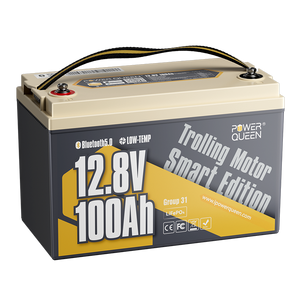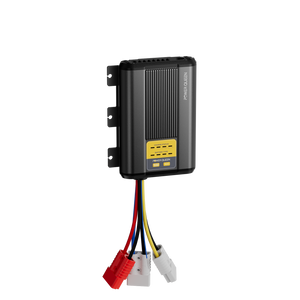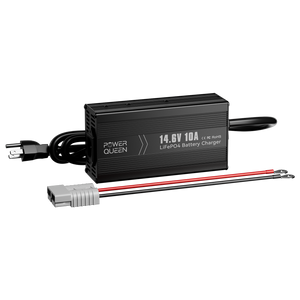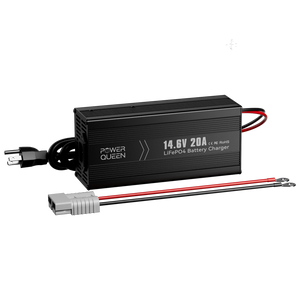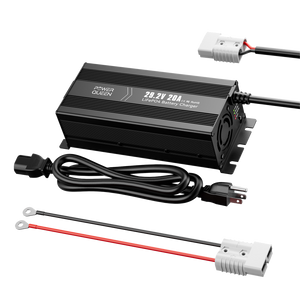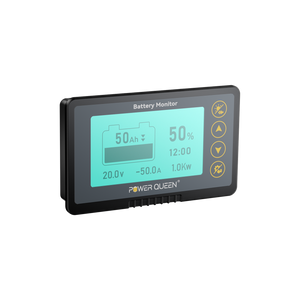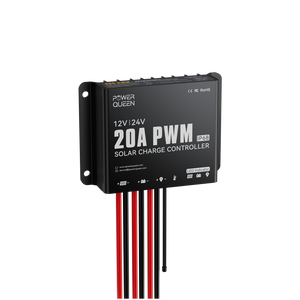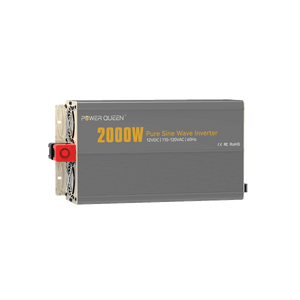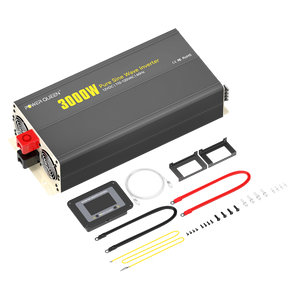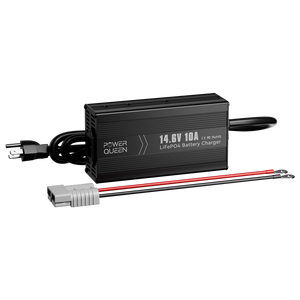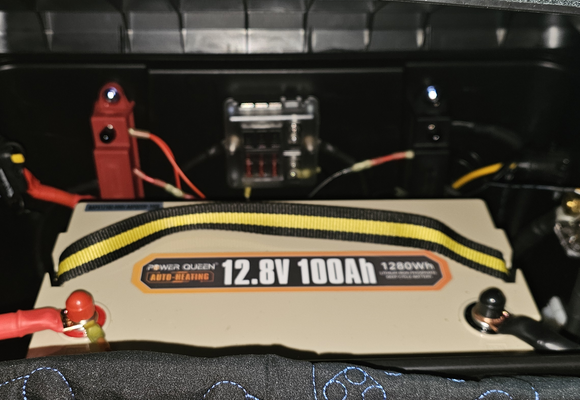[Newest] What Is A Battery Monitor and Why Do You Need It
Battery monitors play a crucial role in tracking the health, charge level, and overall condition of batteries. Whether utilized in small electronic devices or large industrial systems, these devices or software applications provide valuable insights into voltage, current, temperature, and capacity. By effectively monitoring batteries, users can maximize their performance, prolong their lifespan, and prevent unexpected failures.
This article aims to emphasize the significance of battery monitors in different applications and highlight the benefits they provide.
Part 1: Understanding Battery Monitors
Battery monitors are electronic devices or software applications that continuously measure and analyze various parameters of a battery. These parameters include voltage, current, temperature, and capacity. By tracking these variables, battery monitors provide valuable data on the health and condition of the battery.
In small electronic devices like smartphones, laptops, and drones, battery monitors are essential for ensuring the efficient and safe operation of the devices. They continuously monitor the battery's charge level, allowing users to determine when it's time to recharge or replace the battery. This prevents unexpected power outages and enables users to plan their activities accordingly.
In larger applications such as electric vehicles, battery monitors play a critical role in optimizing battery performance and lifespan. By closely monitoring parameters like voltage and current, battery monitors ensure that batteries are not overcharged or discharged beyond safe limits. This helps in preventing battery damage and extends their overall life. Additionally, battery monitors can provide warnings or alerts in case of abnormal battery behavior, allowing for timely maintenance or replacement.
In industrial systems like power plants or renewable energy installations, battery monitors are even more crucial. These systems often rely on large battery banks to store energy and provide backup power. Battery monitors in such applications continuously track the performance and health of individual battery modules, ensuring the system's overall reliability. By detecting any abnormalities or imbalances within the battery bank, the monitors help in identifying faulty batteries that may fail in the future. This proactive approach allows operators to replace faulty batteries before they cause any disruption or downtime.
Apart from enhancing system reliability, battery monitors also aid in optimizing battery usage, thereby saving costs. Battery capacity measurement provided by these monitors helps in determining the accurate state of charge, allowing for better control and utilization of available energy. This prevents the underutilization or overutilization of battery capacity, which can lead to unnecessary expenses or reduced system performance.
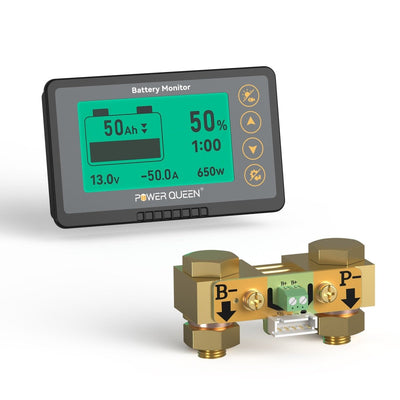

Part 2: Why Battery Monitors are Significant
A battery monitor is significant because it provides crucial information about the state of charge (SoC) and state of health (SoH) of a battery. By monitoring these parameters, a battery monitor allows users to make informed decisions about battery usage, maintenance, and replacement. Here are some reasons why a battery monitor is significant:
- SoC Management: A battery monitor enables users to track the available capacity of a battery, helping them determine the remaining runtime or the need for recharging. This information is essential for ensuring uninterrupted operation and preventing unexpected battery depletion.
- SoH Assessment: Through continuous monitoring, a battery monitor can identify the health and performance of a battery. It can provide insights into factors like internal resistance, capacity degradation, and aging, helping users determine when a battery needs maintenance or replacement.
- Optimal Performance: With a battery monitor, users can optimize battery usage to extend its life and maximize performance. By understanding the impact of various variables (such as temperature, load, and charging/discharging rates) on the battery's health, users can adjust their practices to enhance battery longevity and efficiency.
- Safety Assurance: A battery monitor ensures safer battery operation by monitoring parameters like voltage, temperature, and current. It can alert users to potential issues like overcharging, over-discharging, overtemperature, or abnormal behavior, preventing hazardous situations and safeguarding the battery and surrounding components.
- Maintenance Cost Reduction: By proactively monitoring battery health, a battery monitor can help reduce maintenance costs. It enables users to identify and address issues early on, preventing costly failures and minimizing downtime.
Overall, a battery monitor plays a vital role in ensuring reliable and optimized battery performance, enhancing safety, and extending battery life, making it a significant component in various applications.
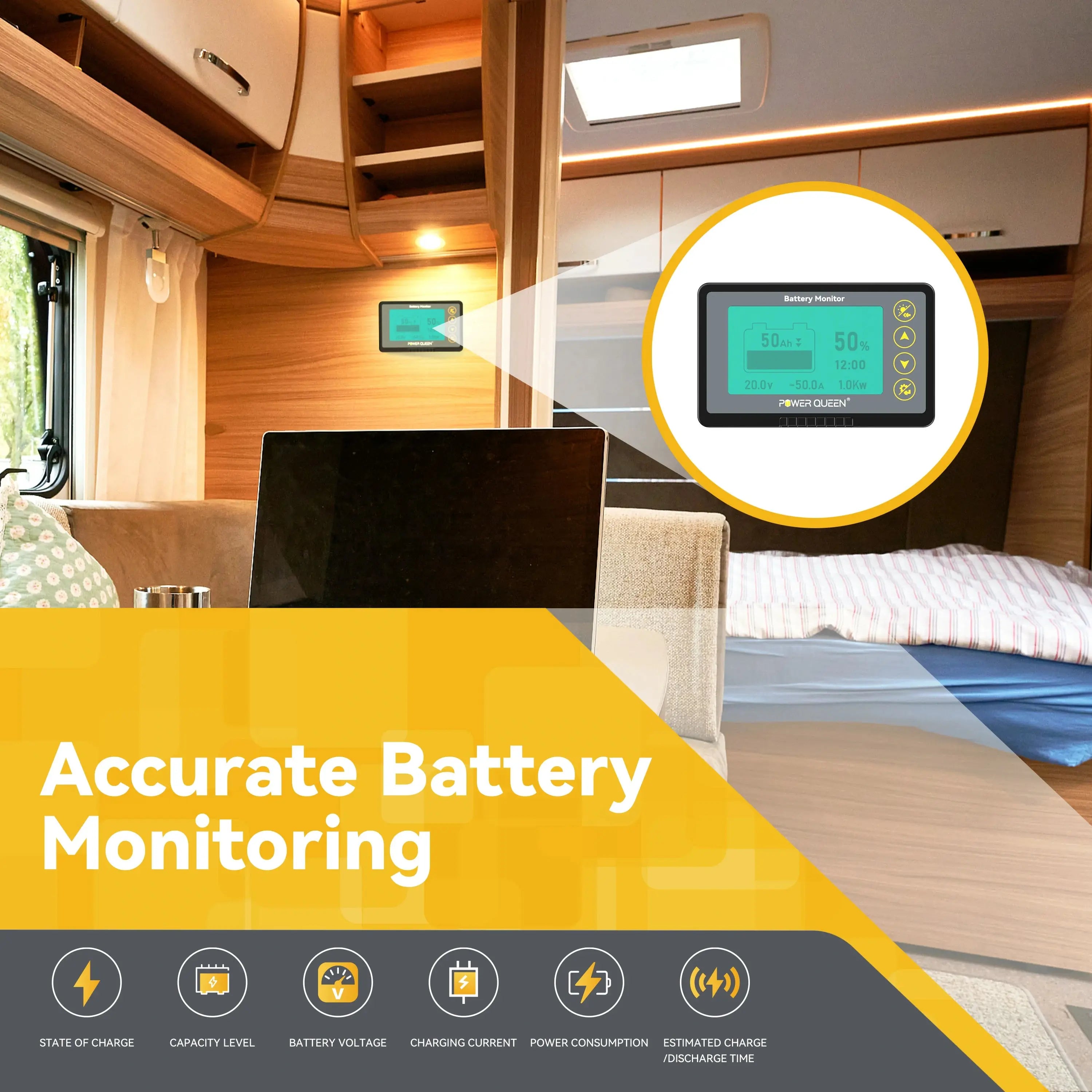
Part 3: Shunt-Based VS Voltage-Based Battery Monitor
There are two primary types of battery monitors: shunt-based and voltage-based.
Shunt-Based Battery Monitor
A shunt-based battery monitor measures the current flow into and out of the battery by using a shunt resistor. The shunt resistor is placed in series with the battery, and the voltage across it is measured to calculate the current. By measuring the current and voltage, the shunt-based battery monitor can calculate important parameters such as state of charge, capacity, and health of the battery. This type of battery monitor is commonly used in applications that require high accuracy and precision.
Pros:
- High Accuracy: Shunt-based monitors provide precise measurements of current flow in and out of the battery. This allows for very accurate estimation of the battery's state of charge and also enables detailed monitoring of battery health.
- Reliable Performance: Shunt-based monitors offer consistent performance, even in challenging conditions or with varying battery types.
- Ability to Measure Battery Capacity: By accurately tracking the current flowing into and out of the battery, shunt-based monitors can estimate the battery's remaining capacity, providing more detailed information about battery health and run-time predictions.
- Wide Application Range: Shunt-based monitors are suitable for various battery chemistries and sizes, making them versatile for a range of applications.
Cons:
- Increased Complexity: Implementing a shunt-based monitor requires additional circuitry and complexity in the system. This can increase cost and design effort.
- Higher Cost: Shunt-based monitors tend to be more expensive due to the need for additional components and circuitry.
- Power Losses: The shunt resistor used for current measurement can introduce power losses, which adds to the overall energy consumption of the system.
- Increased Space Requirement: Shunt-based battery monitors typically require additional space on the PCB to accommodate the shunt resistor and associated circuitry.
Voltage-Based Battery Monitors
A voltage-based battery monitor relies on measuring the voltage of the battery to estimate its state of charge. It uses a voltage divider circuit to measure the battery voltage, which is then compared to predefined voltage levels to determine the battery's status. While this method is simpler and less expensive than shunt-based monitoring, it is generally less accurate and may not provide detailed information on the battery's health or remaining capacity.
Pros:
- Simplicity: Voltage-based monitors offer a simpler design compared to shunt-based monitors, as they only require voltage sensing circuitry.
- Lower Cost: Voltage-based monitors tend to be more cost-effective since they do not require additional components like shunt resistors.
- Reduced Power Consumption: Voltage sensing typically consumes less power compared to shunt-based current sensing, resulting in lower overall energy consumption.
- Space Efficiency: Voltage-based monitors require less space on the PCB due to their simplified design.
Cons:
- Less Accuracy: Voltage-based monitors estimate the state of charge based on the battery voltage, which can be imprecise, especially under varying load conditions or with aging batteries. This may result in less accurate battery capacity estimation.
- Limited Information on Battery Health: Voltage-based monitors do not provide detailed information about battery health such as internal resistance or cycle count.
- Compatibility Challenges: Voltage-based monitors may not be applicable to certain battery chemistries, as different chemistries have diverse discharge characteristics and voltage profiles.
- Less Precision at Low SOC: Voltage-based monitors may struggle to provide accurate readings when the battery is at a very low state of charge, particularly as battery voltage can drop rapidly under load.
How to Choose
The choice between a shunt-based battery monitor and a voltage-based battery monitor depends on your specific requirements, priorities, and constraints.
Shunt-based monitors tend to offer higher accuracy and precision in measuring current flow. They can provide detailed battery health information such as state of charge, state of health, and remaining capacity. They are commonly used in applications where accurate measurement of current flow and precise battery health information are critical, such as in electric vehicles, renewable energy systems, and medical devices. However, shunt-based monitors require more complex circuitry, which can increase cost and may induce power losses.
Voltage-based monitors, on the other hand, are simpler and cheaper to implement. They measure the battery voltage and estimate the state of charge based on voltage characteristics of the battery chemistry. They generally have lower power consumption and are more suitable for applications with limited space and budget constraints. However, voltage-based monitors sacrifice some accuracy and detailed battery health information, providing a more generalized estimation of the battery's state of charge.
In summary, if your application prioritizes accuracy and detailed battery health information, or if you require precise measurement of current flow, a shunt-based monitor may be a better choice.
Part 4: Battery Monitor Vs. Battery Management System (BMS)
A battery monitor and a battery management system (BMS) serve different purposes in managing the health and performance of a battery.
A battery monitor is specifically designed to measure and provide information about the state of charge (SoC), state of health (SoH), and other parameters of a battery. It typically includes features like voltage and current measurement, temperature monitoring, and capacity estimation.
The main objective of a battery monitor is to provide accurate and real-time information about the battery's condition.
On the other hand, a battery management system (BMS) is a more comprehensive solution that not only monitors the battery but also actively controls and manages its operation. A BMS incorporates features like cell balancing, overcharge/over-discharge protection, temperature management, and fault detection. It ensures the optimal and safe operation of the battery by actively controlling its charging, discharging, and balancing processes.
In summary, a battery monitor focuses on providing information about the battery's state, while a BMS goes beyond monitoring and actively manages the battery's operation to optimize its performance, prolong life, and ensure safety. Depending on your needs, you may choose to use a battery monitor alone or integrate it into a more comprehensive BMS. The choice depends on the specific requirements, budget, and level of control required for the application.
Bonus: Battery Monitor Recommendation: Power Queen 500A Battery Monitor with Shunt
The Power Queen 500A Battery Monitor with Shunt is a versatile solution designed to optimize battery performance. It is suitable for battery banks ranging from 8 to 120V and offers auto-recognition for various battery types.

The monitor provides valuable information about battery voltage, current, power, and capacity, as well as remaining charge/discharge time, charge/discharge indicators, and capacity percentage. It features a convenient backlight for easy visibility in all lighting conditions. Installation is hassle-free, with stable placement or mounting options for the shunt and easy installation for the monitor display.
The Power Queen 500A also incorporates alarms and notifications to ensure safety and awareness. If voltage or capacity falls below the set value, the display will flash, and an alarm will sound every 10 seconds, allowing for timely alerts and proactive measures.
Conclusion
Investing in a reliable battery monitor is crucial for individuals and businesses alike. These devices or software applications allow users to effectively track the performance and condition of batteries, ensuring uninterrupted device operation, managing power usage efficiently, and preventing unexpected failures. Moreover, advanced battery monitors have wireless connectivity and smart features, enabling users to monitor battery performance remotely. By investing in battery monitors, individuals and businesses can save time, money, and avoid unexpected battery failures, ultimately enhancing performance and extending battery lifespans.



